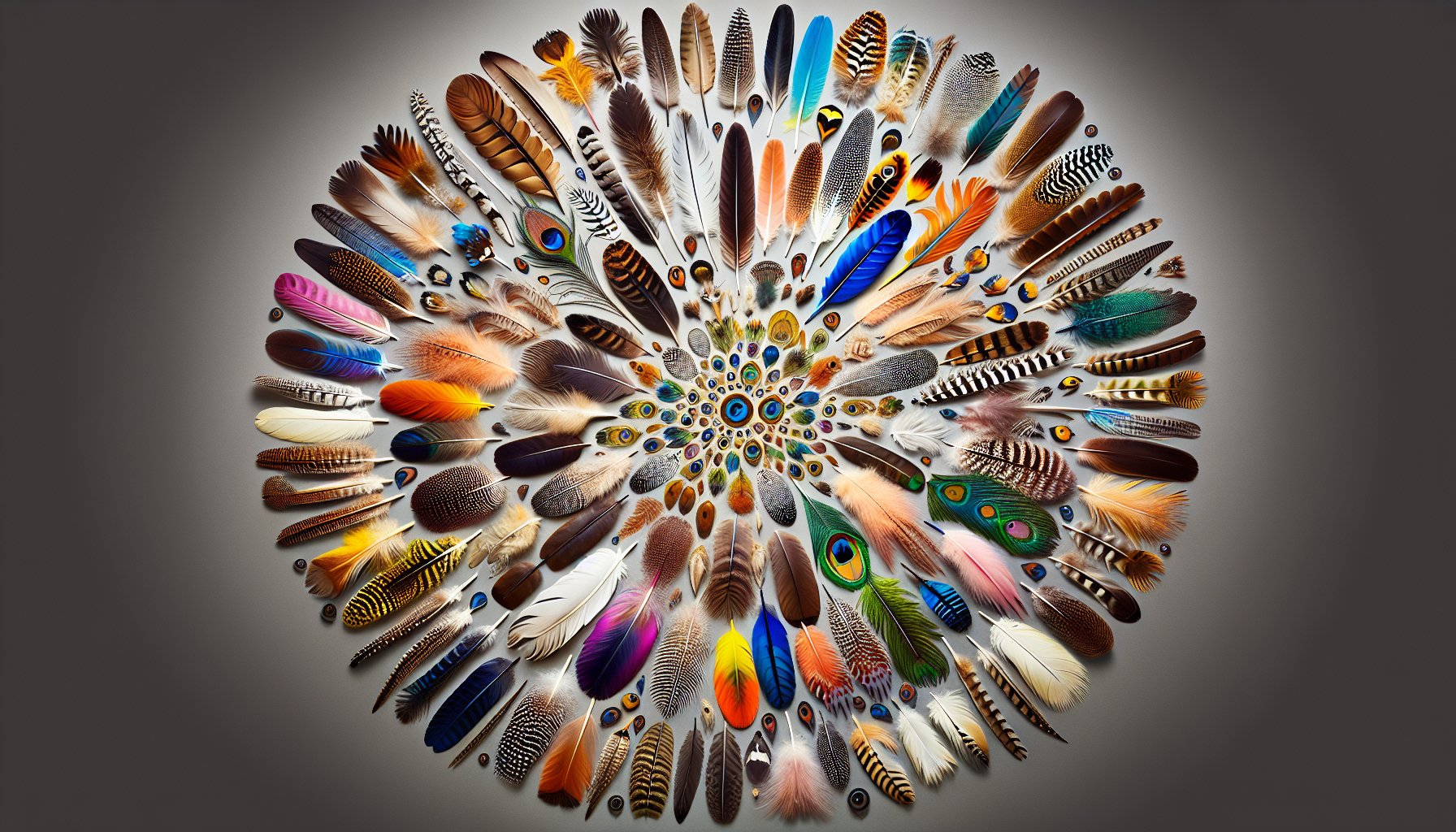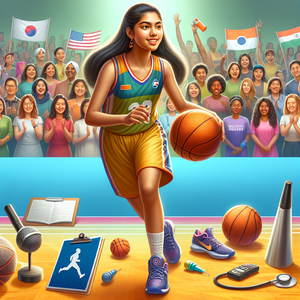Beyond the Numbers: How Caitlin Clark's Salary Reflects Gender Inequities in Sports

The gender pay gap in sports is a long-standing issue that has persisted over the years. Female athletes, even those at the pinnacle of their careers, often earn significantly less than their male peers. According to a report by the Women's Sports Foundation, female athletes receive only 4% of all sports media coverage, which translates into lower visibility and consequently less value in the eyes of sponsors and investors. This disparity is particularly evident in college athletics, where male athletes often attract more sponsorships and endorsements, leading to higher overall earnings. Caitlin Clark's salary reflects this broader trend. Despite her impressive performance and significant contributions to her team's success, her earnings pale in comparison to those of top male collegiate athletes. For instance, while Clark is generating substantial revenue in ticket sales and merchandise for her university, the financial rewards for her performance do not equate to those enjoyed by male players in high-profile programs, such as the University of Kentucky or Duke University.
The Impact of Cultural Perceptions
Cultural perceptions surrounding women's sports further exacerbate the gender pay gap. Historically, women's sports have been undervalued and underrepresented, leading to a cycle where female athletes struggle to secure sponsorships and media deals. Caitlin Clark, however, represents a shift in this narrative. With her exceptional skills and compelling personality, she has begun to attract attention from major brands and sponsors that have traditionally focused on male athletes. Nevertheless, despite her rising popularity, Clark's earnings remain limited when compared to male athletes who may not have the same level of skill or success. This discrepancy highlights the ingrained biases that still exist within the sports industry, where the potential for female athletes to earn competitive salaries is often constrained by outdated perceptions. For example, while a male basketball star might command lucrative endorsement deals for relatively average performance, female athletes like Clark often have to achieve extraordinary feats to receive comparable opportunities.
The Role of NCAA Policy Changes
The recent policy changes by the NCAA regarding Name, Image, and Likeness (NIL) rights have opened new avenues for athletes like Caitlin Clark to monetize their brand. These changes allow collegiate athletes to engage in endorsement deals and receive compensation for their personal brand, which could significantly enhance their earning potential. Clark has already begun to capitalize on these opportunities, securing partnerships with major brands that recognize her value. However, even with these new opportunities, the gap between male and female athlete earnings remains pronounced. While Clark can engage in endorsement deals, the disparity in sponsorship agreements, media coverage, and overall investment in women's sports continues to influence the financial landscape for female athletes. For instance, in 2022, it was reported that the combined endorsement earnings of top male collegiate athletes far exceeded those of their female counterparts, even for top talents like Clark.
Supporting Examples: The Bigger Picture
Clark’s case is emblematic of a larger issue within sports. For instance, when examining NCAA basketball tournament bonuses, male teams receive significant financial support compared to their female counterparts. The NCAA tournament generates billions in revenue, yet a stark contrast exists in the funding allocated to women's sports. Even in high-profile events like the NCAA Women's Basketball Tournament, female athletes have historically received less media coverage and sponsorship attention, perpetuating the cycle of inequality. Additionally, the recent success of female athletes in various sports, including soccer and tennis, has brought attention to the need for equity in compensation. Athletes like Megan Rapinoe and Serena Williams have used their platforms to advocate for equal pay, and Caitlin Clark could similarly become a voice for change in collegiate athletics. The movement towards equity is gaining momentum, but it needs champions like Clark to help lead the charge.
Caitlin Clark’s salary is not merely a reflection of her individual talent and success; it is a microcosm of the larger gender inequities that persist in sports today. As she continues to break records and draw attention to women's basketball, her financial trajectory will serve as a critical case study for understanding the challenges female athletes face in achieving equitable compensation. It is imperative that industry stakeholders—including sponsors, media, and governing bodies—recognize the value of female athletes and work towards creating a more equitable playing field. Only through concerted efforts can we hope to bridge the gender pay gap in sports, ensuring that talents like Caitlin Clark are duly recognized and rewarded. The conversation surrounding gender equity in sports is evolving, and with figures like Clark at the forefront, there is hope for a more balanced future.
Sports Marketing Manager
Nike, Adidas, ESPN
Job Responsibilities
Develop and implement marketing strategies to enhance brand visibility for athletes and teams, focusing on gender equity initiatives.
Analyze market trends and consumer behavior to tailor campaigns that engage diverse audiences.
Collaborate with sponsors and media to secure endorsement deals and maximize athlete representation.
Sports Data Analyst
Sports teams, analytics firms, NCAA
Job Responsibilities
Utilize statistical methods to analyze performance metrics of athletes, with a focus on evaluating gender disparities in sports.
Create data visualizations and reports that inform decision-makers about emerging trends in athlete earnings and sponsorship opportunities.
Proficient in software tools such as R, Python, and SQL to manage large datasets and perform complex analyses.
Gender Equity Advocate in Sports
Women’s Sports Foundation, NCAA, various non-profits
Job Responsibilities
Work with organizations to develop policies and programs that promote equal pay and representation for female athletes.
Conduct research on gender disparities in sports and present findings to stakeholders to drive change.
Collaborate with advocacy groups, sponsors, and media to raise awareness and support for equitable practices in athletics.
Athletic Sponsorship Coordinator
Reebok, Under Armour, local sports organizations
Job Responsibilities
Identify and secure sponsorship opportunities for female athletes, with a focus on enhancing visibility and opportunities in underrepresented sports.
Negotiate contracts and manage relationships with sponsors to ensure mutually beneficial partnerships.
Monitor sponsorship effectiveness and provide reports to stakeholders on outreach and engagement metrics.
Sports Journalist Specializing in Women's Sports
Sports Illustrated, ESPN, The Athletic
Job Responsibilities
Research and write articles covering female athletes, focusing on their achievements and the broader implications of gender pay equity in sports.
Conduct interviews with athletes, coaches, and industry leaders to provide insights into the challenges and successes of women in athletics.
Utilize social media platforms to promote stories and engage with a diverse audience, emphasizing greater visibility for women’s sports.


